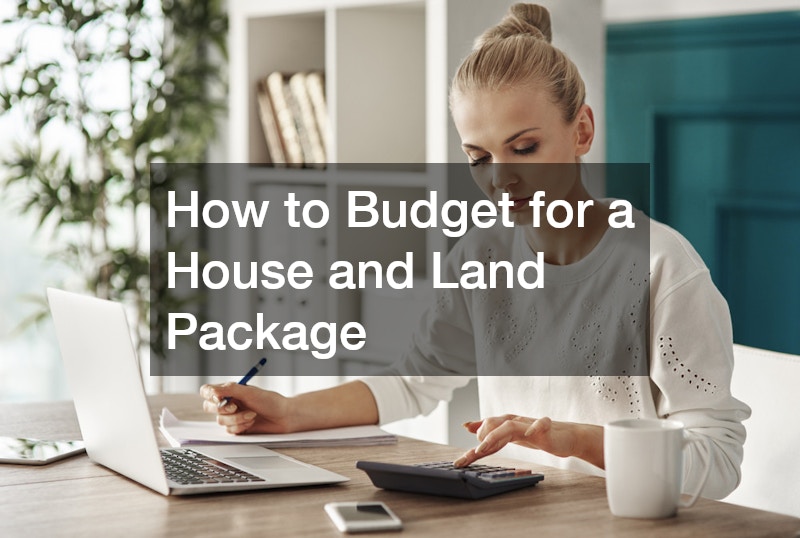Purchasing a house and land package is an exciting step for many Australians looking to secure a new home. However, it is a significant financial commitment and careful budgeting is essential. Understanding how to budget effectively will help ensure your dream home fits comfortably within your financial situation. One of the key factors in this process is considering the availability of land. By focusing on available land and associated costs, you can plan a realistic budget and avoid unexpected financial stress.
Understanding the Costs of a House and Land Package
When budgeting for a house and land package, it is important to consider the full scope of costs involved. The price of the land itself is only one component. Additional costs include building construction, site works, council fees, utility connections and landscaping. Many buyers overlook these expenses, which can significantly affect the overall budget.
The price of available land can vary widely depending on location, size and demand. Urban areas often have higher prices due to limited availability, while regional or suburban areas may offer more affordable options. Investigating available land in your desired area will provide a realistic starting point for your budget.
Research Available Land Early
Before committing to a house and land package, research available land thoroughly. Different estates and developments may have varying prices, lot sizes and conditions. Understanding what is available helps you align your budget with your expectations.
Available land may also have restrictions that affect your building options, such as easements, slope issues or zoning requirements. Factoring these considerations into your budget ensures you account for potential additional costs like retaining walls or design adjustments. Early research reduces the risk of surprises and helps you make informed decisions.
Factor in Finance and Loan Requirements
Securing finance for a house and land package requires careful planning. Lenders will assess the total cost, including the price of available land, construction and additional expenses. It is wise to get pre-approval for a home loan to understand your borrowing capacity.
Keep in mind that some lenders may require a higher deposit for a house and land package than for an established property. This is because the risk of construction delays or changes is higher. Understanding your loan requirements early allows you to plan your budget effectively and ensures you do not overstretch financially.
Include Building and Site Costs
Construction costs are a major part of budgeting for a house and land package. Depending on your chosen design, these costs can fluctuate. For example, a customised home may be more expensive than a standard design. Site works, such as clearing, leveling or improving soil conditions, also add to the cost.
The location of available land can influence site costs. Land in certain areas may require more extensive preparation due to terrain or soil quality. By including site and construction costs in your budget, you will have a clearer picture of the total investment required.
Plan for Council Fees and Utilities
Council fees, permits and utility connections are additional expenses that should not be overlooked. When purchasing available land, you may need approvals for building, water, sewerage and electricity connections. Each of these elements has associated fees that vary depending on the location and development.
Including these costs in your budget ensures you are financially prepared and prevents delays in construction. Working with your builder or developer can help you identify and estimate these fees accurately.
Consider Future Expenses
Budgeting for a house and land package does not end once construction is complete. Ongoing expenses, such as maintenance, landscaping and insurance, should also be considered. Choosing available land that requires minimal additional work, such as grading or extensive clearing, can help reduce future costs.
It is also wise to set aside a contingency fund for unexpected expenses during construction. By planning for these potential costs, you will have peace of mind and avoid financial stress.
Budgeting for a house and land package requires careful planning and research. Considering the cost of available land, construction, site works, council fees and ongoing expenses is essential for creating a realistic budget. Early research into available land ensures you make informed decisions that fit within your financial plan. By accounting for all potential costs and having a contingency fund in place, you can confidently move forward with your dream home without unexpected financial strain.
Focusing on available land from the outset not only helps manage costs but also ensures your new home is built in a location that suits your lifestyle. With thorough budgeting and careful planning, a house and land package can be a smart and achievable investment for the future.












